My Transformative Journey on the Caribbean coast of Costa Rica
Kenza Zainoune
9/18/20245 min read
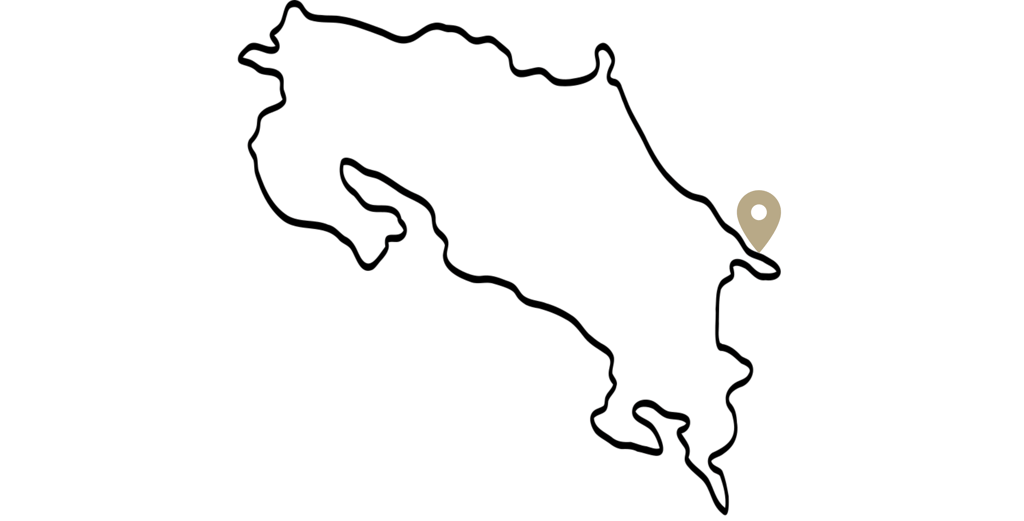

Spending 3 months at the Jaguar Rescue Center in Puerto Viejo de Talamanca, a little rastafari fishermen village in the caribbean coast of Costa Rica, was an experience that deeply transformed my perspective on wildlife and the impact humans have on the environment. During my time as a long-term volunteer, I had the privilege of contributing to the care of vulnerable animals, particularly in the nursery where baby sloths and howler monkeys, as well as injured animals, were nurtured and taken care of.
The Nursery
Every day, I was tasked with the meticulous care of the center's youngest and most fragile residents. Baby sloths and baby howler monkeys required constant attention due to their vulnerability. Working in the nursery also meant tending to injured animals, which demanded a high level of patience, care, and caution. Some situations could be quite dangerous—such as feeding sloths with bare hands, knowing these creatures hate being approached or touched. They won’t hesitate to use their claws, which are as strong as a pitbull’s bite, and their teeth, which contain a potent toxin, making caution absolutely essential.
Despite their gentle appearance, these animals needed careful handling to ensure both their safety and ours. These encounters, while challenging, were incredibly rewarding, as they revealed the delicate balance required in caring for wildlife.
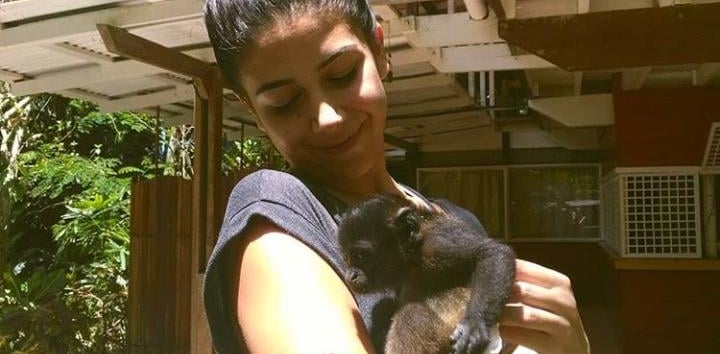

The Inescapable Impact of Humans
Working with these animals brought into sharp focus the severity of human impact on wildlife: each animal had a story, and more often than not, human activity played the main role—whether it was electrocution from power lines, road accident, poisoning and genetic malformations from pesticides, or loss of habitat due to deforestation... . The center also housed animals brought in by local authorities, many of which had suffered from animal trafficking and bad tourism practices. This reality showed the widespread need for such facilities, driven by the destructive nature of contemporary human lifestyles.
Training as an Eco-Tourist Guide
During my time at the Jaguar Rescue Center, I was also given the unique opportunity to train as an eco-tourist guide. Leading tours in French, I shared the stories of the animals and the important work being done at the center with visitors from around the world. This role deepened my understanding of the conditions and situations these animals face, and allowed me to educate others (while educating myself) about the challenges of wildlife conservation. The knowledge I gained from this experience was immense, not only about the animals themselves, their specificities, their personalities also, but as well about the broader environmental issues that impact their survival.
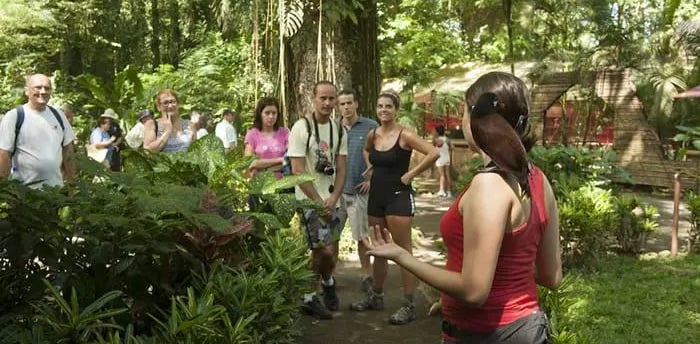

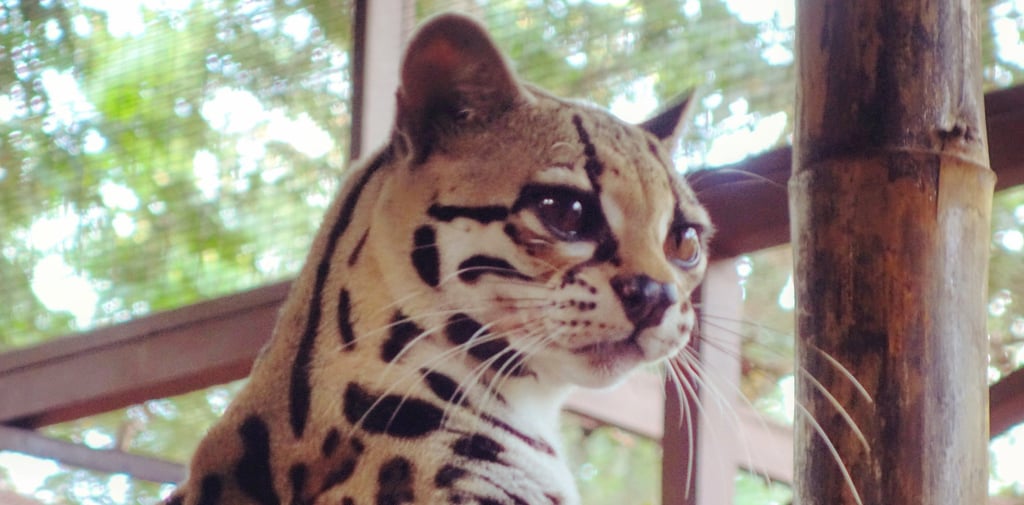

The Beautiful Bond Between Humans and Animals
Despite these challenges, there were moments of profound beauty in the center that showed the incredible bond between humans and animals. For example, older monkeys on the verge of adolescence were allowed to roam free in the forest during the day. At night, they usually all returned back to the center by themselves. But if they decided to stay in the wild, it was accepted as part of their natural journey towards independence. Remarkably, all of them would still return after spending just one night out. And when one chose not to come back, it was a great sign that the rehabilitation had succeeded.
This freedom reflected the deep trust that existed between the animals and their human caregivers. It was a mutual relationship built on care, respect, and patience, and it highlighted the success of the center’s rehabilitation program. By allowing the animals to make their own choices, the center nurtured their natural instincts while providing them with the security to return when they were ready. For me, witnessing this trust in action was a powerful reminder of the capacity for connection between species and the transformative impact that compassionate care can have on wildlife rehabilitation.
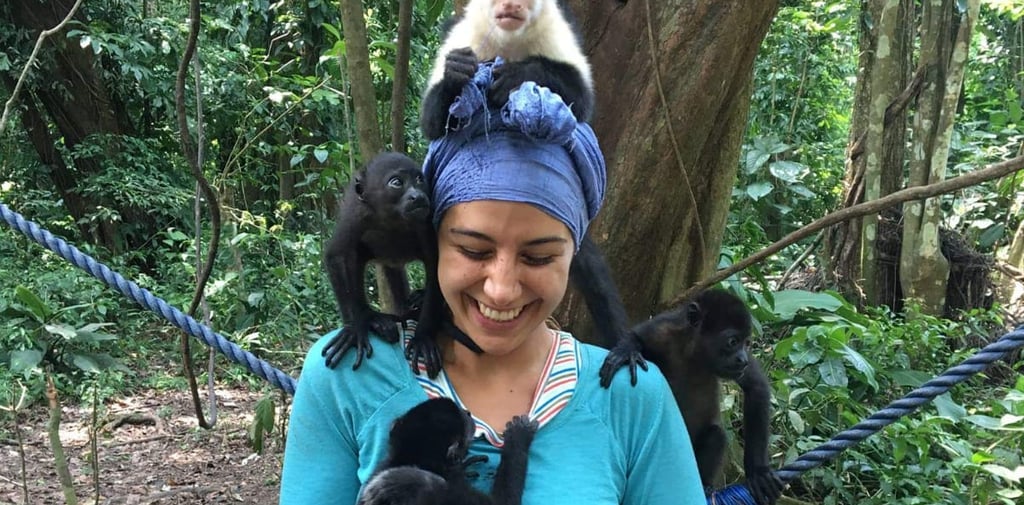

The Jaguar Rescue Center: A Sanctuary for the Vulnerable
The Jaguar Rescue Center, founded in 2008 by Sandro Alviani and Encar García, serves as a temporary or permanent home for ill, injured, and orphaned animals. It provides veterinary services and round-the-clock care to animals that would otherwise be unable to survive in the rainforest or the Caribbean waters. The center has taken in 1,400 animals to date and has successfully released more than 40% of them back into their natural habitats. It is home to a wide variety of species, including howler monkeys, spider monkeys, squirrel monkeys, white-headed capuchins, sloths, iguanas, red-eyed tree frogs, numerous snakes, alligators, American crocodiles, anteaters, young boars, deer, kinkajous, raccoons, young jaguarundis, both young and old ocelots, various types of birds and raptors, common opossums, and even Australian opossums. Each resident has a story, a journey of survival and resilience that the center has become a part of.
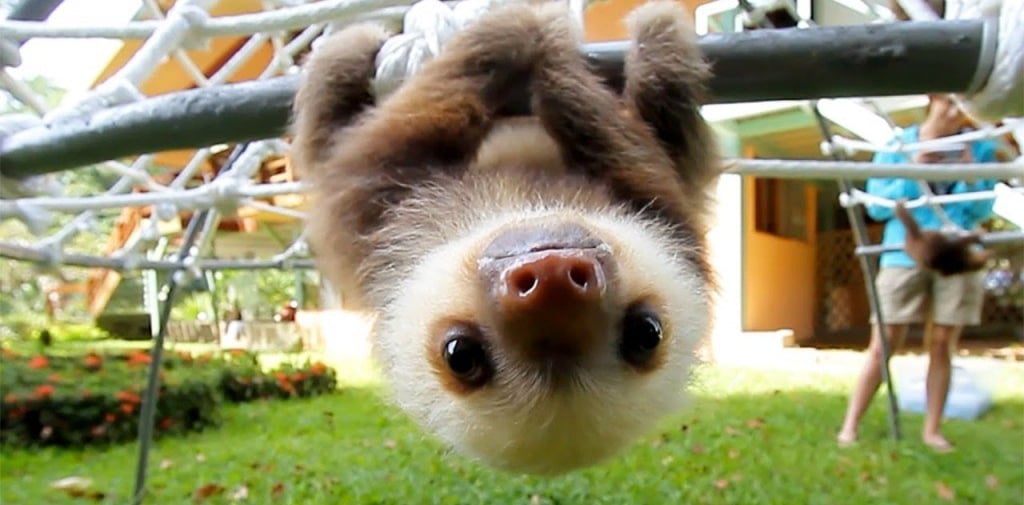

A Life-Changing Experience
My experience at the Jaguar Rescue Center was not only educational—but truly eye-opening. I understood the critical importance of conservation efforts and the need for greater awareness and change in human lifestyles and awareness to preserve wildlife. Through this journey, I gained invaluable insights into the beauty and complexity of animal behavior, as well as the devastating impacts of human activity on the natural world. The time I spent there, coupled with the knowledge I gained as an eco-tourist guide, will forever influence how I view our relationship with nature and the responsibility we bear in preserving it.
The Jaguar Rescue Center gained increased visibility thanks to an episode dedicated to them in the Netflix series "Down to Earth" with Zac Efron (Season 1, Episode 3). However, the center is still in need of support. If you wish to help or contribute to their mission, you can visit their Instagram page or website for more information.
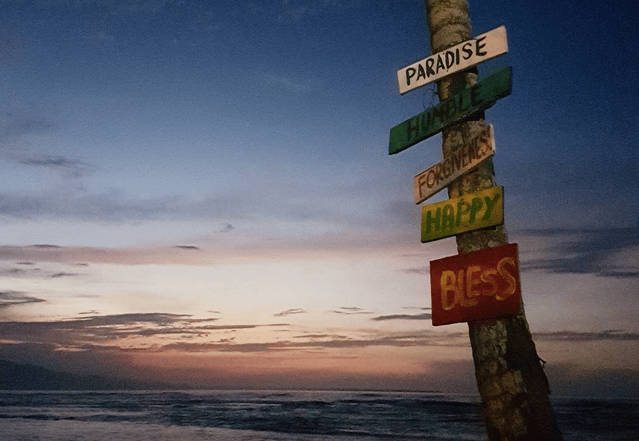

SUSCRIBE TO MAILING LIST
